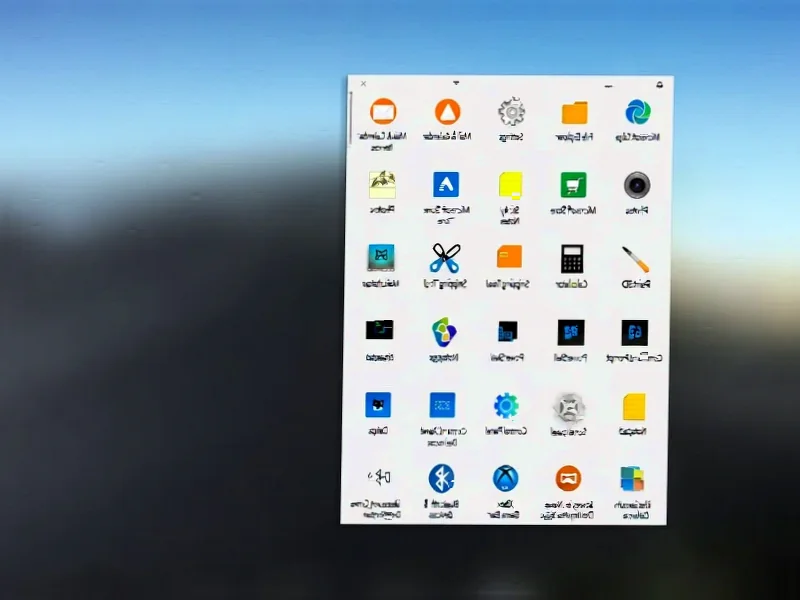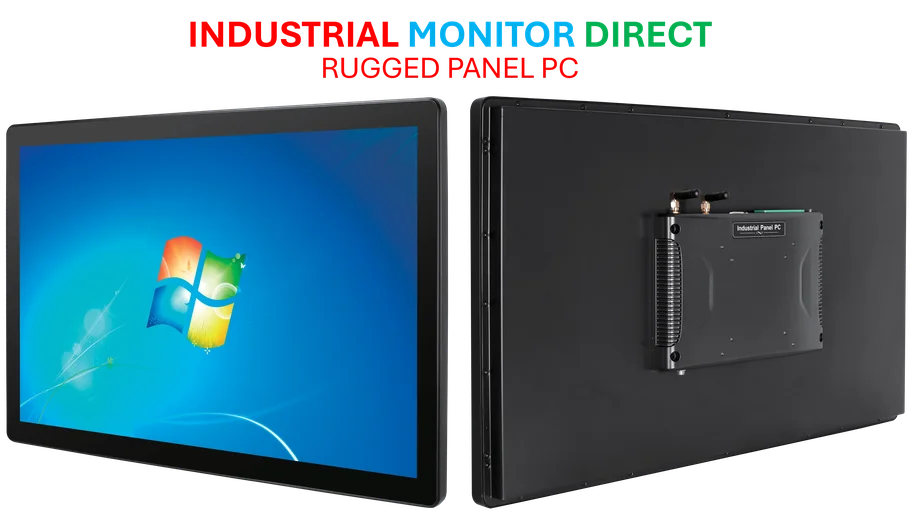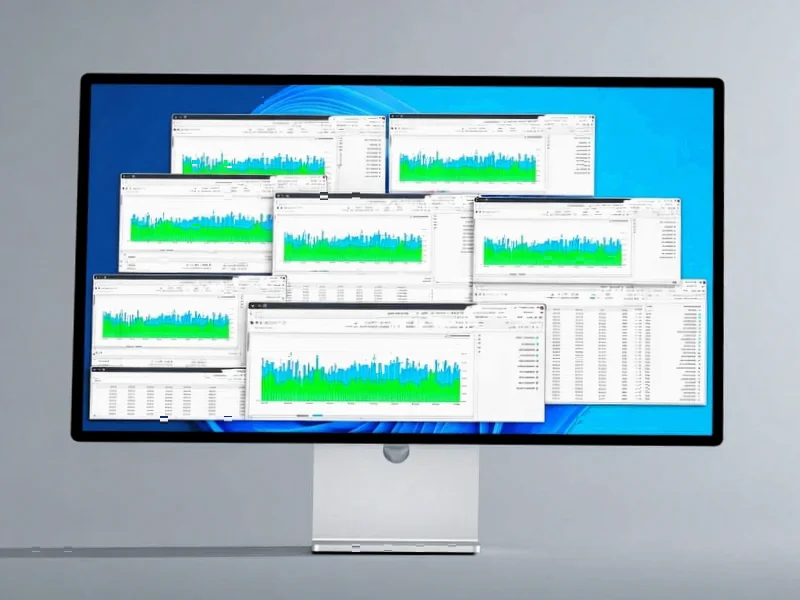According to MakeUseOf, Microsoft’s PowerToys Command Palette represents a dramatic improvement over the built-in Windows Search experience, offering faster app launching, file searching, and system command execution through a clean interface activated by Windows Key + Alt + Space. The feature addresses longstanding complaints about the Windows Search Indexer service, which consumes significant system resources and battery life while delivering inconsistent results. Command Palette integrates multiple functions including a built-in calculator, Winget package manager support, clipboard search, terminal commands, and window management, while supporting third-party extensions through a published SDK. Despite being free, open-source, and Microsoft-developed, the superior search interface remains confined to the PowerToys utility rather than being integrated directly into Windows.
Table of Contents
The Technical Debt Holding Windows Search Back
The fundamental issue with Windows Search lies in its architectural legacy. Windows Search has evolved through multiple Windows versions, accumulating technical debt that makes radical improvements challenging. The indexing service was designed in an era when file systems were simpler and cloud integration wasn’t a consideration. Microsoft faces the classic enterprise software dilemma: significant changes to core components risk breaking compatibility with thousands of business applications and workflows that depend on the existing search infrastructure. This explains why revolutionary improvements appear first in separate tools like PowerToys, where Microsoft can innovate without the constraints of maintaining backward compatibility.
Why Microsoft Keeps Innovation Separate
There’s a strategic reason Microsoft maintains PowerToys as a separate download rather than integrating its best features into Windows. The PowerToys platform serves as an innovation laboratory where Microsoft can test new concepts with a technically sophisticated audience before considering broader deployment. This approach reduces support costs and manages expectations – power users understand that experimental features may have bugs, whereas mainstream Windows users expect polished, reliable functionality. Additionally, keeping advanced tools separate allows Microsoft to maintain Windows’ accessibility for less technical users while providing customization options for those who want them.
The Growing Market for Alternative Launchers
Microsoft’s hesitation to improve native search has created space for third-party alternatives to flourish. Tools like Listary, Wox, Keypirinha, and the mentioned Fluent Search have built substantial user bases by addressing Windows search shortcomings. These applications demonstrate there’s significant demand for better system navigation tools, yet Microsoft seems content to let this market exist rather than dominating it with native improvements. The company may be calculating that as long as users find solutions somewhere in the Windows ecosystem, the pressure to fix the core OS experience remains manageable.
The Real Barriers to Integration
Integrating Command Palette directly into Windows presents several non-trivial challenges beyond simply copying the code. The current Start menu and search experience generates significant advertising revenue through promoted apps and web results that Command Palette deliberately excludes. There are also performance considerations – while Command Palette feels fast for power users, Microsoft would need to ensure it scales reliably across the incredible diversity of hardware running Windows, from decade-old business machines to cutting-edge gaming rigs. The extensibility model that makes Command Palette powerful also introduces security concerns that would need addressing before enterprise deployment.
What Microsoft’s Next Move Might Be
The most likely path forward involves gradual integration rather than immediate replacement. We may see Command Palette functionality slowly incorporated into Windows through the palette interface paradigm becoming more prominent in future updates. Microsoft could introduce a hybrid approach where basic search remains familiar to casual users while power users gain easier access to advanced features. The company’s track record with other PowerToys features suggests successful tools eventually migrate to the core OS, but the transition typically takes multiple Windows version cycles. Given the fundamental nature of system search, Microsoft will likely proceed cautiously, using PowerToys usage data to validate concepts before committing to wholesale changes.
Related Articles You May Find Interesting
- Canada’s $6.4B Critical Minerals Gambit Reshapes Global Supply Chains
- LibreWolf 144.0.2-1 Delivers Maximum Privacy in Firefox Fork
- AI Gold Rush Powers Historic Stock Rally Amid Rate Cuts and Trade Truce
- Bluesky’s Dislike Button: Social Media’s Risky Gamble
- AI Bets Deliver $20B Windfall for Tech Giants




